Sanchon (산촌)
986.6M 2019-06-13
30-13, Insadong-gil, Jongno-gu, Seoul
+82-2-735-0312
Founded and opened by Monk Jeongsan,
Sanchon is a
vegan-friendly restaurant that mainly serves temple foods. The
dishes found here are a results of Kim Yun-sik, who was inspired
by the simple, clean and healthy diet that a Buddhist practitioner taught
him years ago. Now, being a top authority on vegetarian
food in Korea, Kim Yun-sik helped perfect the standard and quality of
temple food.
The dishes are made with all natural ingredients such as vegetables and mountain herbs, and are cooked without chemical additives. The actual dishes served vary by season, and in order to meet the tastes of the general public, the
restaurant includes "five spices" (garlic, shallots, mountain leeks, etc.), which monks are typically not allowed to eat. Those who would like their food without these ingredients are asked to make their request at least one day prior to visiting.
Ilpum Garden (일품가든)
987.1M 2021-03-30
109-10, Seosomun-ro, Jung-gu, Seoul
+82-2-3789-7295
This is a restaurant where you can taste both shabu-shabu (sliced meat and vegetables boiled in water) and roasted meat. This Korean dishes restaurant is located in Jung-gu, Seoul. The representative menu is shabu-shabu.
Sieunjae [Korea Quality] / 시은재 [한국관광 품질인증]
989.9M 2021-04-05
439, Samil-daero, Jongno-gu, Seoul
+82-10-5355-3029
Located in Gyeongun-dong, Jongno-gu at the very heart of Seoul, Sieunjae is a hanok with a longstanding tradition. It has three guestrooms including the anbang (main room), byeolchae (detached building), and jakeunbang (small room). The anbang is the only room with a living room, where various items of old furniture, including a comfortable sofa, create an antique atmosphere. The communal bathroom and toilets are supplied with toiletries, while the communal kitchen is equipped with cooking equipment and a washing machine.
The house can be rented either as individual accommodations or in its entirety. As it is situated in Jongno-gu, at the very heart of Seoul, guests can easily reach many nearby major tourist attractions. Car users are advised to use the public parking lot as the house has no parking spaces. Entering by a small gate, the little flowerbed comes into sight. This old hanok shows traces of repair works on the tiled roof.
Jeongwon Sutbulgalbi (정원숯불갈비)
989.8M 2021-03-22
8, Donhwamun-ro, 9-gil, Jongno-gu, Seoul
+82-2-765-1305
A place where you can experience the Korean BBQ culture. This restaurant's signature menu is marinated grilled beef ribs. This Korean dishes restaurant is located in Jongno-gu, Seoul.
Festival de los Faroles de Loto (연등회)
990.9M 2025-03-20
Ujeongguk-ro 55, Jongno-gu, Seúl.
02-2011-1744/5/6/7
Esta celebración tradicional budista tiene unos 1.200 años de historia, desde la época del reino de Silla. En los tiempos de la dinastía Goryeo era conocido como Yeon Deung Hoe, mientras que durante la dinastía Joseon se le llamaba Gwandeungnori. Hasta el día de hoy se mantiene esta tradición que ha sido reconocida como Patrimonio Cultural Intangible de la Humanidad por la Unesco. La ciudad y los templos se iluminan con los faroles de loto y hay vistosos festejos, desfiles y actividades.
Templo Jogyesa en Seúl (조계사(서울))
993.0M 2024-05-17
Ujeongguk-ro 55, Jongno-gu, Seúl
El templo Jogyesa es el núcleo del budismo zen en Corea, en él se encuentran la oficina principal de administración del budismo coreano y la sala en donde se realiza la asamblea general, entre otras instalaciones. Fue construido hacia finales del siglo XIV (época de Goryeo) en el interior del actual parque Susong, pero fue destruido (en un período indeterminado) debido a un incendio, y fue reconstruido en el año 1910. A lo largo de su historia ha tomado varios nombres, hasta que recibió la denominación de Jogyesa en el año 1954. El nombre deriva del monte Jogyesan, el cual fue el lugar en donde meditó el monje Hyeneungdaesa. Fue uno de los monjes más respetados, por lo cual sus enseñanzas y su vida han sido objeto de estudio a lo largo de la historia. En el altar del templo Jogyesa, al ser el lugar más sagrado y honrado del budismo en Corea, se llevan a cabo eventos, ceremonias y ritos durante todo el año. El edificio próximo al altar principal es la oficina general de administración del budismo coreano, es decir, es un organismo que ejerce las actividades de control y ejecución, por lo que también se efectúan gran cantidad de eventos budistas. Dentro del edificio se establecen las salas de exposiciones y la imprenta, que edita e imprime semanarios budistas. En el patio principal del templo se sitúa la pagoda de piedra de 7 pisos, construida en el año 1930. En especial, dentro de la pagoda se encuentran enterradas las cenizas de Buda, que fueron traídas en el año 1914 por un monje esrilanqués. Hacia la izquierda se encuentra instalado el campanario, que posee un gran tambor, una campana e instrumentos tradicionales de madera que se utilizan en el templo. Al otro lado del campanario está el primer centro cultural académico, construido en el año 1991, en donde se realizan seminarios, actuaciones, ceremonias de boda, conciertos musicales y exposiciones, entre otros eventos culturales.
Mangnae Hoejip (막내회집)
995.8M 2021-04-09
34-11, Namdaemunsijang, 4-gil, Jung-gu, Seoul
+82-2-755-5115
It is a Hoejip (raw fish restaurant) with 26 years’ tradition. This Korean dishes restaurant is located in Jung-gu, Seoul. The representative menu is sliced raw flatfish.
Sala de la Historia del Rey Sejong y del Almirante Yi Sun-shin (세종충무공이야기)
1.0Km 2022-09-19
Sejong-daero 175 (subsuelo), Jongno-gu, Seúl.
El Gran Rey Sejong (“世宗”, 1397-1450, reinado: 1418-1450), 4º soberano de la dinastía Joseon, fue una figura crucial en la historia de Corea, por la creación del alfabeto coreano hangeul y por los brillantes desarrollos que logró en los sectores de la ciencia, cultura y arte, política militar, etc.
Detrás de la estatua de bronce del Rey Sejong ubicada en la Plaza Gwanghwamun está la entrada a la Sala de la Historia del Rey Sejong, donde se exponen material informativo y piezas culturales relacionadas a este gran personaje de la Historia. Consta con una superficie de 3.200 ㎡, distribuidos en 9 espacios temáticos; la cronología del Rey Sejong, el Minbon Sasang (ideología política centrada en el pueblo), la Creación del Hangeul, la Ciencia y el Arte, la Política Militar de Sejong, entre otros. Los visitantes podrán aprender aquí la historia del hangeul. Además, hay otras instalaciones anexas: sala de exposición especial, sala audiovisual, textos informativos, tienda de suvenires, espacio para descansar, etc.
Por otra parte, una estatua de Yi Sun-shin, el mejor comandante naval de la historia de Corea, fue inaugurada en la Plaza Gwanghwamun, ante la del Rey Sejong el Grande, para celebrar el 465 aniversario de su nacimiento. El 28 de abril de 2010 se inauguró la Sala de la Historia del Almirante Yi Sun-shin, en el subsuelo del Centro Cultural Sejong, para conmemorar su vida y sus logros. La exposición abarca temas relacionados con la vida del almirante Yi, que van desde la determinación y la devoción a la lealtad del país y los compatriotas. El museo utiliza lo último en tecnología digital para dar vida a este gran héroe. Otra gran atracción del museo es el barco acorazado geobukseon (buque con forma de tortuga), que Yi utilizó en sus batalals navales, a una escala de 55% del tamaño real. A pesar de ese tamaño, el barco todavía es lo suficientemente grande como para que los huéspedes suban y remen con los remos, y tiene una pantalla digital de las olas del océano jugando con monitores para una experiencia 4D.
Insadong Maneul Bossam (인사동마늘보쌈)
1.0Km 2021-03-19
12-5, Insadong 8-gil, Jongno-gu, Seoul
+82-2-735-7885
This is a Korean cuisine located in Insa-dong, Seoul. It is located at Ssamji-gil in Insa-dong. The representative menu is napa wraps with pork and garlic.
Choedaegamne (최대감네)
1.0Km 2020-06-01
12-3, Insadong 8-gil, Jongno-gu, Seoul
+82-2-733-9355
Choedaegamne is a traditional restaurant with a cozy garden and a pond. It is located at the end of the alley next to Inside Plaza. At this famous restaurant located in Insa-dong, a traditional interior is enhanced by the date trees planted in between tables. Various dishes are available such as Ssambapjeongshik with organic vegetables, beef shabu shabu using beef stock and fresh tender galbi (ribs) which are purchased daily.
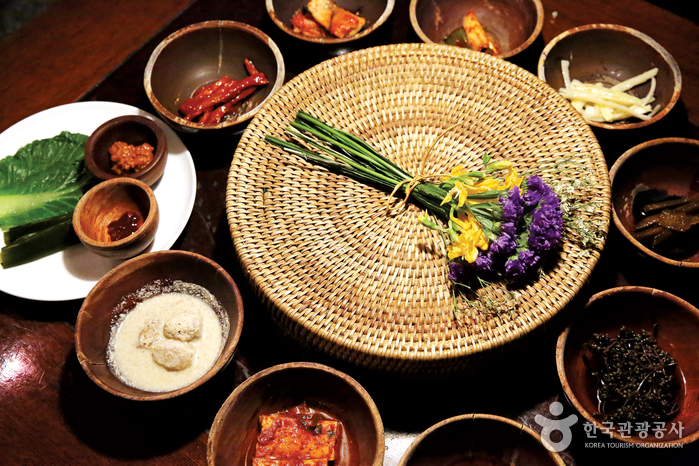
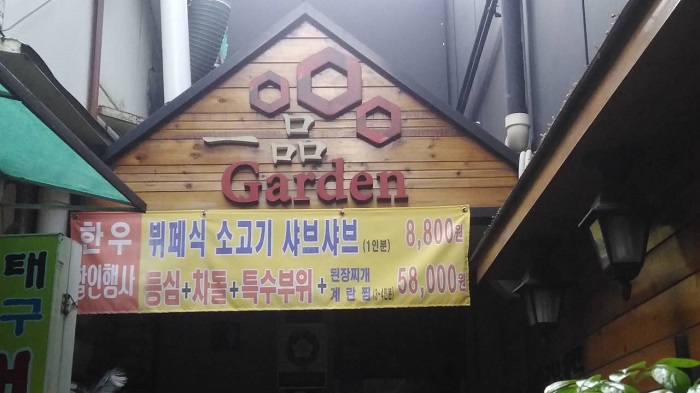
![Sieunjae [Korea Quality] / 시은재 [한국관광 품질인증]](http://tong.visitkorea.or.kr/cms/resource/51/2447351_image2_1.jpg)
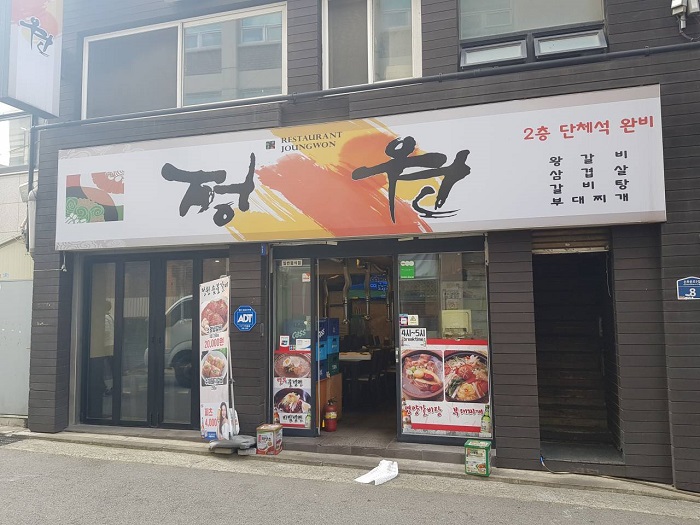


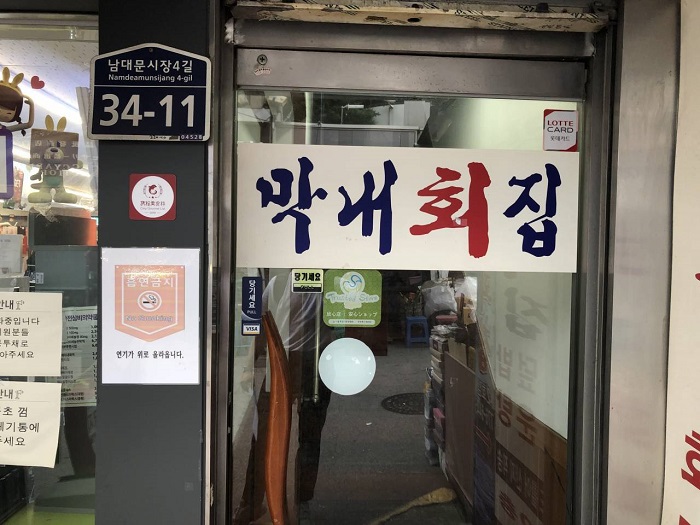

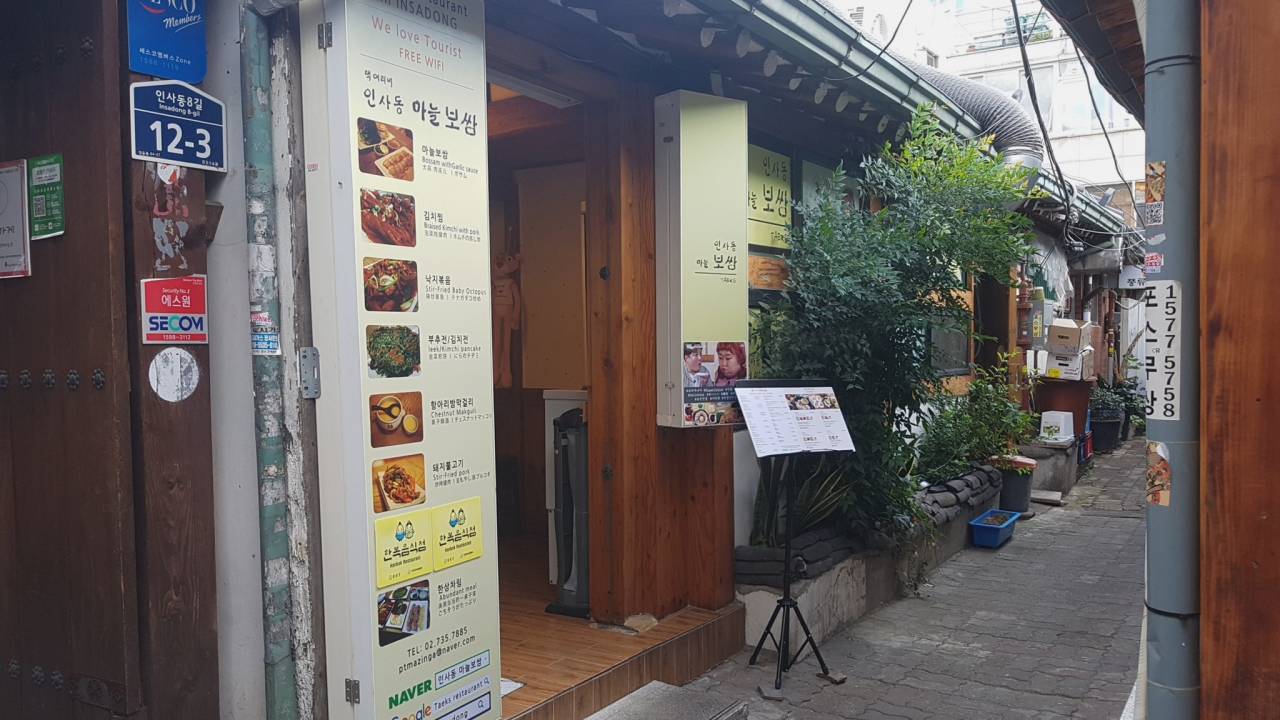

 Español
Español
 한국어
한국어 English
English 日本語
日本語 中文(简体)
中文(简体) Deutsch
Deutsch Français
Français Русский
Русский